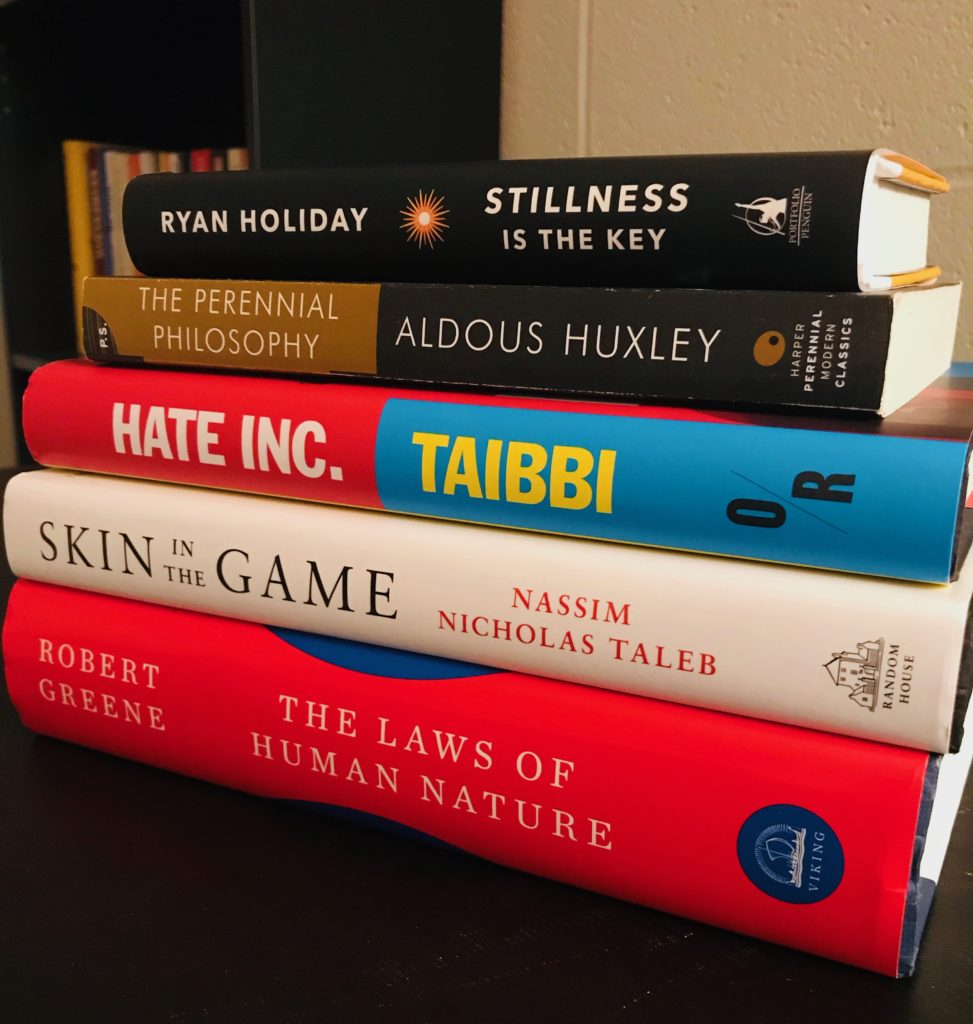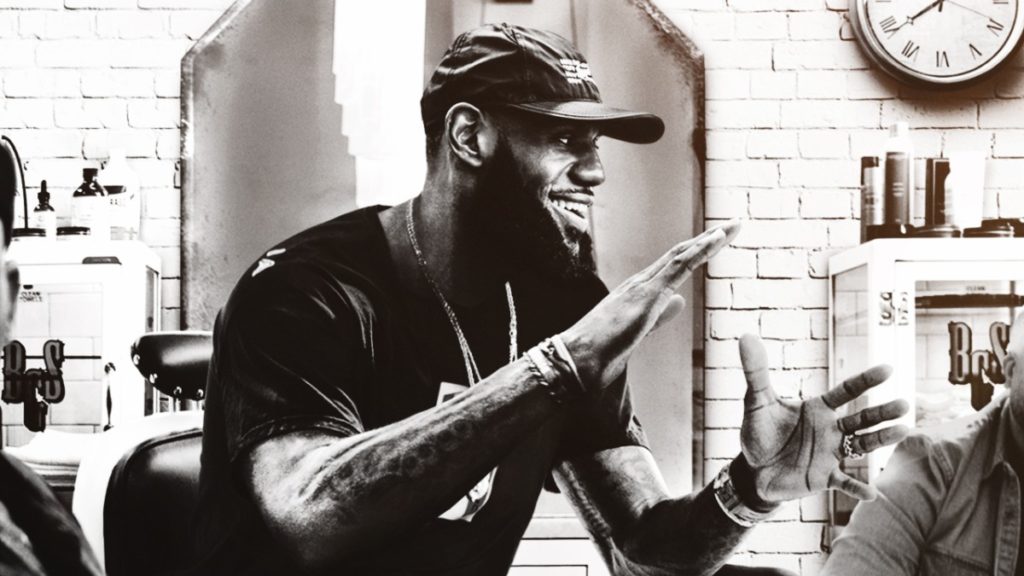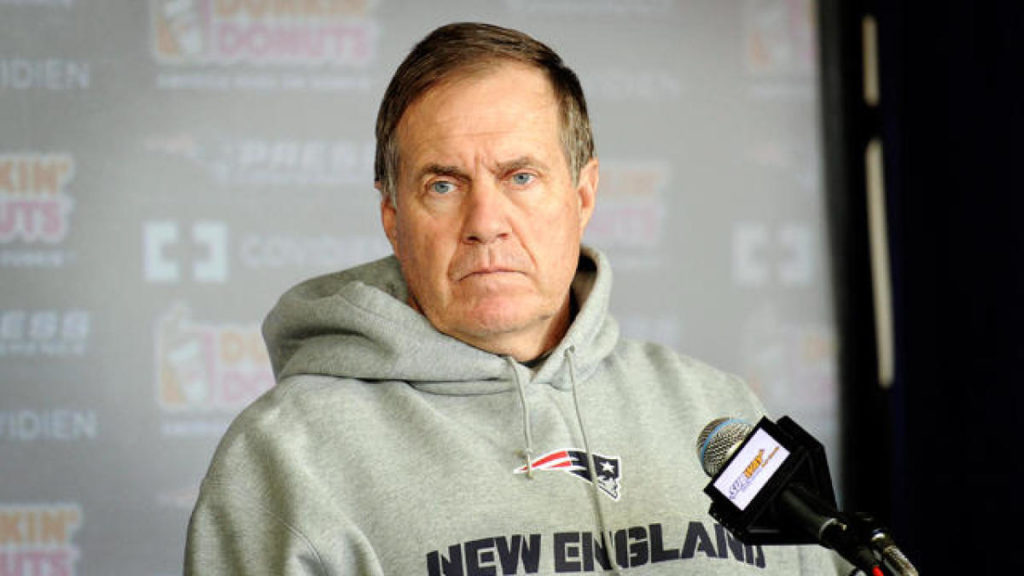
I discovered partisan politics in third grade—October of 2004 to be specific. I sat in my wood-grained laminate desk as my teacher explained that John Kerry was running against the incumbent George W. Bush. I think we had cut-outs of both their faces pinned to a cork board beneath the American flag.
I was just old enough to understand the concept of an election, so naturally I asked my parents at dinner, “Who are you guys voting for?”
One said Kerry; the other said Bush. At nine years old, it didn’t register that a partisan marriage was unusual. Voting didn’t seem any different than choosing a flavor of ice cream. Of course, politics would prove to be more polarizing than dairy products. Not only do Democrats and Republicans rarely elope—there’s evidence that they don’t even want to live near each other.
And yet, my parents weren’t fazed by each other’s choices in the ensuing elections: Obama vs. McCain, Obama vs. Romney, Clinton vs. Trump, and now Biden vs. Trump. They did (and still do) clash and poke holes in each other’s logic. Sometimes they succeeded in changing each other’s minds on minor issues, but they mostly towed their party lines.
Two adults on opposite ends of the political spectrum living together is one thing. But what happens when you bring a kid into a partisan household?
My earliest memory of political discussions was sitting at the dinner table, my eyes darting back and forth, listening to both parents’ points of view wondering why the issues never fit into a tidy narrative like they did on CNN or Fox. I was never instructed to “ignore Obama” or “believe McCain.” Instead, their strategy to mold my worldview could loosely be described as: throw a bunch of opinions at the wall and see what sticks.
Throughout high school and college, I flip-flopped on dozens of issues. I took dozens of those “political identity” quizzes, all of which showed mixed results. I borrowed and refined ideas that left me—for lack of a better term—politically homeless.
The idea that one party could be infallible seemed lazy and repugnant. Perhaps that’s why I’ve never felt remotely inclined to attend a rally, donate to a campaign, or slap a bumper sticker on my car. Most notably, in 2016, I was shocked to see people sever relationships with family and friends over politics without making any effort to reach out to the other side.
That simply wasn’t an option—at least in my house.
In our increasingly Manichean world of politics, most of us prefer certainty over uncertainty, consistency over complexity. We dig deeper into our echo chambers (which can be partially blamed on social media engineers) where people talk, think, and behave just like us. We’re at a unique point in time where it’s possible to never have to confront a single idea that conflicts with our cherished beliefs.
Some find this comforting—I find it dangerous.
Once you make an idea sacred, you forfeit the ability to think rationally about it. Fundamentalism—in politics, religion, or elsewhere—is an emotional sedative in an age of overwhelming confusion. It offers a refuge from so many elaborate complexities, moral dilemmas, and important conversations. Once you believe that your tribe is the sole purveyor of Truth, you become a menace to others and a menace to yourself. You forget that life is more complex than a headline or a soundbite. You become no better than those you oppose.
“An uncritical acceptance of one worldview or another ends more conversations than it begins,” writes the Pulitzer Prize winner Jon Meacham. “Light can neither emanate from, nor enter into, a closed mind.”
If that language is too lofty for your taste, consider Nassim Taleb’s aphorism: “If you see fraud and do not say fraud, you are a fraud.”
The capacity to shift our opinions in light of evidence, experience, or a simple conversation is a vital for society to flourish. The legal scholar Cass Sunstein argues that a functioning democracy requires the messiness of “unplanned encounters” where people confront ideas and points of view that force them to question their own beliefs and biases. Problem is, we feel increasingly entitled to filter out those unplanned encounters, whether by unfollowing people on Twitter or flippantly dismissing someone as a Marxist, fascist, Communist, or Nazi if they dare criticize our tribe.
If we are to reach across the aisle and engage in a civil discourse, we must understand where people are coming from—their experiences, their values, their upbringing. But that’s impossible if you only understand your side. You only see a hat, a flag, or a slogan.
Being the product of a partisan household didn’t give me a tribe of like minded thinkers to validate my opinions. Nor has it made it easy to stay sane in a media ecosystem that profits off rage-fueled clickbait.
But it enabled me to sustain friendships that others would have ended and have conversations in which others would have refused to participate. It made nuance possible. And it gave me a vantage point to understand or at least talk to anybody across the political spectrum without throwing a temper tantrum—which is more than most of us seem to be willing to do today.

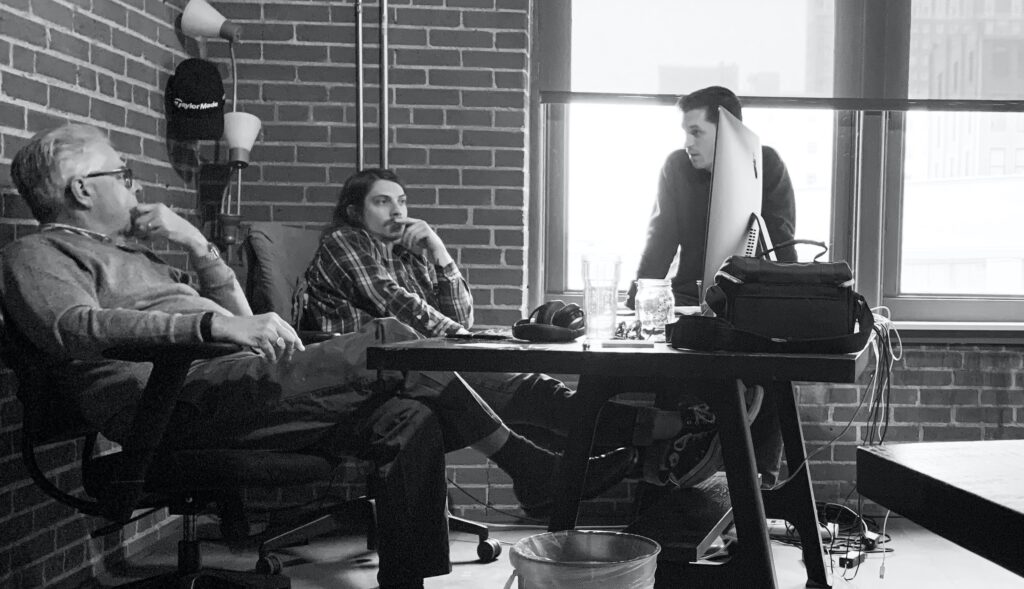
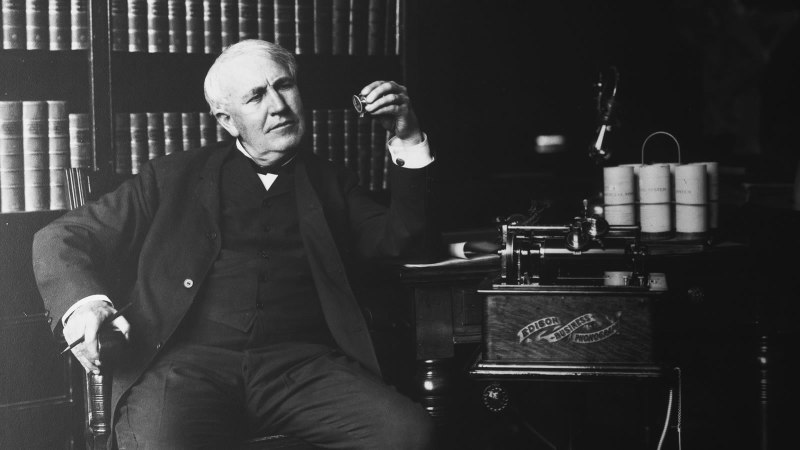
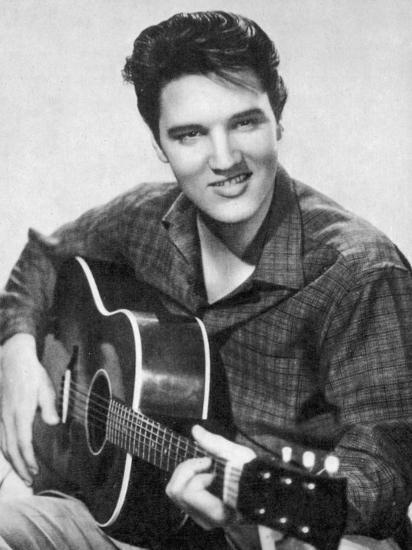 Make no mistake: Successful students usually become successful adults, albeit in tightly restricted niches that promise six figure salaries and “stability.” But as psychologist Ellen Winner points out, only a fraction of gifted children evolve into revolutionary adult creators.
Make no mistake: Successful students usually become successful adults, albeit in tightly restricted niches that promise six figure salaries and “stability.” But as psychologist Ellen Winner points out, only a fraction of gifted children evolve into revolutionary adult creators.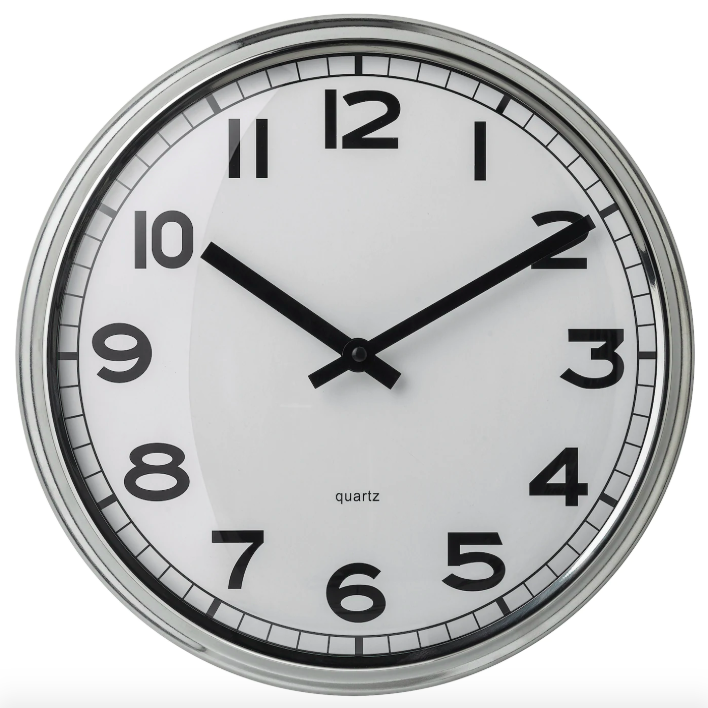 In the spring of 1802, a Scottish lawyer and aspiring writer named Walter Scott sustained an injury that would ultimately catapult his career. The 31-year-old was kicked by a horse, a tragedy that confined him to his bed for nearly a month. But rather than writing in self-pity, Walter Scott picked up a pen.
In the spring of 1802, a Scottish lawyer and aspiring writer named Walter Scott sustained an injury that would ultimately catapult his career. The 31-year-old was kicked by a horse, a tragedy that confined him to his bed for nearly a month. But rather than writing in self-pity, Walter Scott picked up a pen.

